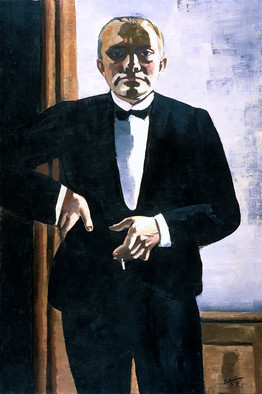Here’s one for the books: Last night, at Sotheby’s, a 2nd century marble Roman bust sold for a record $23,826,500 — more than 7 times the high presale estimate, which was $3 million (not including the buyer’s premium).
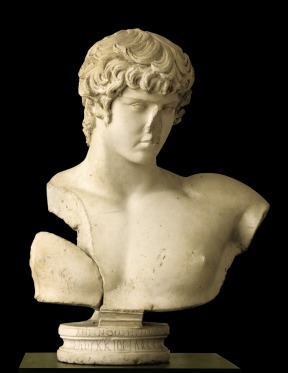 The portrait bust, “of the Deified Antinous, Roman Imperial, Reign of Hadrian,” came from the estate of Clarence Day, who was known to have a fine antiquities collection. Still, the entire sale was estimated at $5.7- to $8.6 million before the auction, and it fetched nearly $36.8 million.
The portrait bust, “of the Deified Antinous, Roman Imperial, Reign of Hadrian,” came from the estate of Clarence Day, who was known to have a fine antiquities collection. Still, the entire sale was estimated at $5.7- to $8.6 million before the auction, and it fetched nearly $36.8 million.
Day died in 2009 after a car accident and, according to the Commercial Appeal of Memphis, inherited land in Mississippi that he expanded into “a collection of companies that dealt with everything from plywood to oil and gas exploration.” In his obit, the Appeal said that he had given away about $50 million in his lifetime. The Memphis Brooks Museum of Art was among his beneficiaries — in 1989, he donated 60 pieces of Roman, Greek, Etruscan and other anitquities (but I found no mention of them in the collections area of the Brooks website), the paper said.
According to Sotheby’s:
The Marble Portrait Bust of the Deified Antinous is the only known Classical representation of Antinous, outside of his coin portraits, to be identified by an inscription. Auctioneer Hugh Hildesley opened the bidding at $900,000 and two clients in the room and one on the phone began to battle. The winning bidder, a European collector, entered the fray at $6.5 million and prevailed against the three existing bidders and another client who only joined the competition at $11.2 million. In all, it took more than eleven minutes for the lot to sell and when the hammer finally fell the room broke out in applause.
Other lots also fetched much more than the estimates — results are here. Which shows there is no lack of interest in antiquities. Auction houses always say “it only takes two,” but in this case, there were a lot more.
Sotheby’s also racked up another record yesterday, when a first edition of John James Audubon’s “Birds of America” — which has 435 hand-colored illustrations — fetched $11.5 million, a record for any printed work sold at auction. The previous record was $8.8 million, for another copy of Audubon’s work.
Photo Credit: Courtesy of Sotheby’s

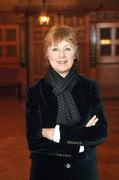
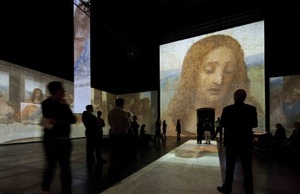
 In that vein, it troubles me that the Association of Art Museum Directors — issuing what many described as an unusally tough
In that vein, it troubles me that the Association of Art Museum Directors — issuing what many described as an unusally tough 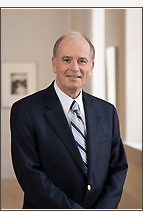 If he acted alone, there was no censorship — and AAMD’s beef is with Sullivan, seems to me. If Clough ordered it, one could make a case that it was censorship — though there was no prior restraint.
If he acted alone, there was no censorship — and AAMD’s beef is with Sullivan, seems to me. If Clough ordered it, one could make a case that it was censorship — though there was no prior restraint. 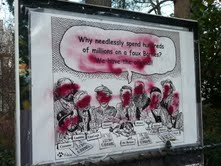 Last night, someone defaced the newest sign, which was on a fence, with red paint. It showed Dr. Albert C. Barnes, surrounded by many artists whose work he collected, and read: “Why spend hundreds of millions on a faux Barnes when we have the original?” Another sign, on their lawn, which read “Join the Fight to Save the Barnes” had been torn away and thrown over the fence of the Barnes Foundation, which is directly across the street, Herman says.
Last night, someone defaced the newest sign, which was on a fence, with red paint. It showed Dr. Albert C. Barnes, surrounded by many artists whose work he collected, and read: “Why spend hundreds of millions on a faux Barnes when we have the original?” Another sign, on their lawn, which read “Join the Fight to Save the Barnes” had been torn away and thrown over the fence of the Barnes Foundation, which is directly across the street, Herman says.